Why Beans?
Beans are a meditation for me! I find calm and enjoyment in putting each of the ingredients into the pot before I start cooking them. There is at least one morning every weekend where I put on a pot of beans before I head out to tend to the garden. As I work outside, the delicious aroma wafts through the house and garden, and I anticipate the sensory delight at the end of the cooking process.
You might have some beans in your pantry right now that you bought but don’t know what to make with them or how to make them delicious. This article is for you!
Beans are loaded with protein and fiber and are also rich in many minerals. They are extremely versatile and can be used in a very humble application or something grand. Beans work as main dishes, side dishes, and even desserts. They have a natural affinity for olive oil, garlic, fresh herbs, and acids such as lemon, vinegar, and tomato.
So are beans good or bad for you?
Beans sometimes get a bad rap and several diets warn not to eat them, which can be confusing. Additionally, beans can cause digestive distress in many people. The trick is preparing them correctly. In nature, the function of the bean is to reproduce. Therefore it has built-in protections, in an effort to stay intact and germinate into a new plant. However, seeds (beans) are very rich in nutrients to support the growth of the new seedling. It is this goodness we want to access and that is beneficial for us. The built-in protections are known as anti-nutrients and consist of lectins, phytic acid, and saponins, among others. The phytic acid contains a form of phosphorus, that can not be absorbed by humans. This phosphorous will bind to other minerals such as calcium, zinc, and magnesium in the digestive tract, making those minerals unavailable to use. To deactivate these anti-nutrients, beans require a good long soak in plenty of water before cooking. Soaking causes a chemical change in the beans. The absorption of water is a signal to prepare for germination, which deactivates the anti-nutrients!
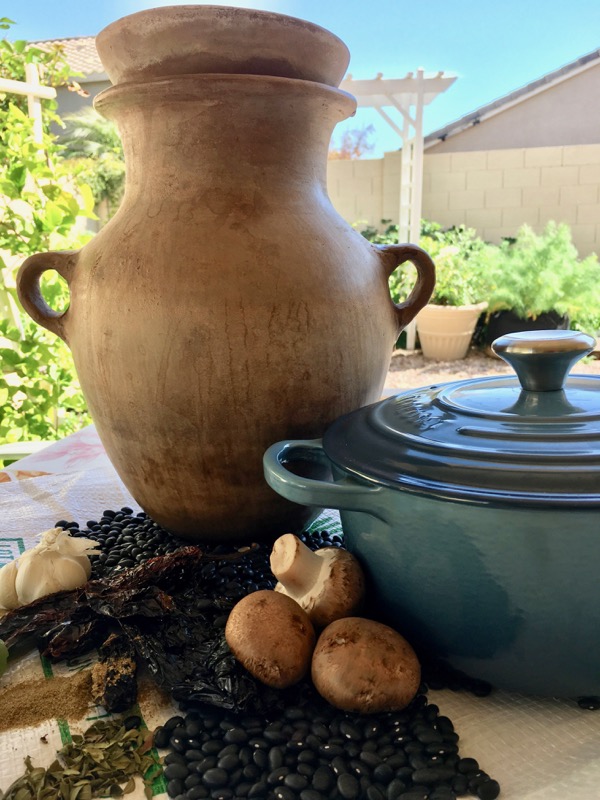
Cooking Vessels
I cook my beans in one of three types of cooking vessels. My Dutch ovens are perfect for bean cooking, especially for dishes that need to cook slow or in the oven. I also have a fabulous mixteca, a traditional clay pot from the La Mixteca region of Puebla, Mexico. This is used for special occasions where a pot of Rio Zapes or black beans will be accompanying tacos, an array of salsas and all the fixings for a Mexican style dinner. Lastly, there is my multi-cooker, which is very useful in the summer months. I can put this on the patio and prevent heating up the house. Meanwhile, I know the neighbors are salivating from the aromas permeating the air.
Many people will find that using an Instant Pot gives really fast results, even if the beans have not been soaked. However, I still recommend always soaking first. I have explained why below.
This article focuses on the use of dry beans highlighting their individual characteristics. In a pinch canned beans can work as a substitution. However, they do lack the flavor and beautiful bean broths that develop when cooking dry beans.
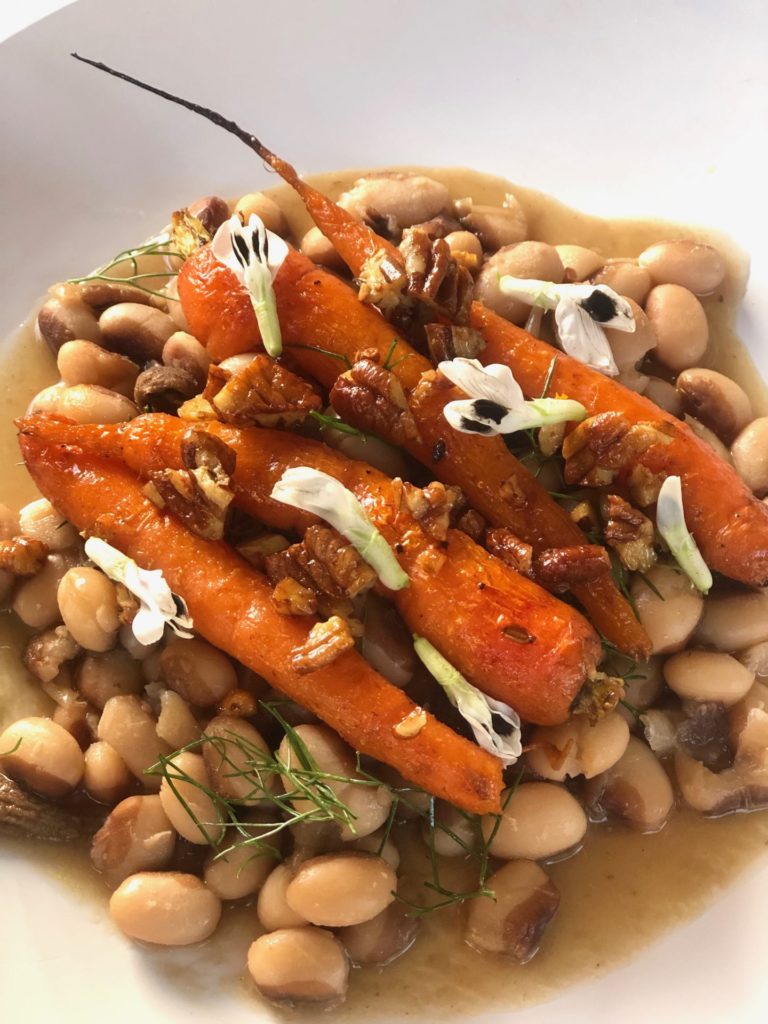
Types of Beans
Black Beans: Also known as turtle beans. A sweet-tasting type bean with a velvety texture and full flavor. It is popular in dishes from Latin America and the Caribbean. An extremely versatile bean used in soups, salads, chilis, and refried beans.
Cook time: 1-1.5 hours
Kidney Beans: Named for the kidney shape. They can vary in color from pink to light or dark red. Kidney beans have a firm texture and hold their shape well. They do take longer to cook. They are perfect for soups, salads, chili, and curries.
Cook time: 1-1.5 hours
Cannellini Beans: Cannellini beans are larger than Navy and Great Northern beans. They are actually white kidney beans and hold their shape very well. Cannellini beans are meaty, starchy, and substantial. They have an earthiness and nuttiness and are often used in Italian dishes such as minestrone.
Cook time: 1- 1.5 hours
Cranberry Beans: Sometimes called Roman beans, They have a creamy texture and chestnut- like flavor. Cranberry beans are very common in Italy and Spain. They are used for a variety of soups, stews, salads, and even baked beans. They hold their shape well. Fresh cranberry beans are the beautiful Borlotti bean we all love to grow.
Cook Time: 1 hour
Navy: Used for Boston baked beans! They have a mild and delicate flavor and are a small white bean. They are the most commercially consumed bean and go by several names including haricot bean/pearl haricot, white pea bean, or Boston Bean. A quick-cooking bean that also works well for smashed beans or bean purees.
Cook time: 1 hour
Pinto: Pinto beans are the most widely sold in the United States. They can require a longer cooking time than some other beans and cook down to a creamy bean perfect for refried beans. They are also popular in stews and chillis
Cook time: 1-1.5 hours
Lima: The lima bean originates in Peru and goes by many different names including butterbean, double bean, and Rangoon bean. The Christmas lima is one of the more popular varieties because of its showy appearance. It has a lovely chestnut-like flavor and holds its shape well. A baby lima is a butter bean. Limas and butter beans cook up to be buttery and creamy. These are often used in combination with other vegetables and in soups and stews.
Cook time: 1-1.5 hours
Great Northern: Great Northern Beans have very thin white skin and a nutty flavor. They are sometimes confused with cannellini and navy beans but they have a much lighter density. They work well in purees and where they can absorb the flavors of the dish. It is the type of bean used in a French Cassoulet.
Cook Time: 1-1.5 hours
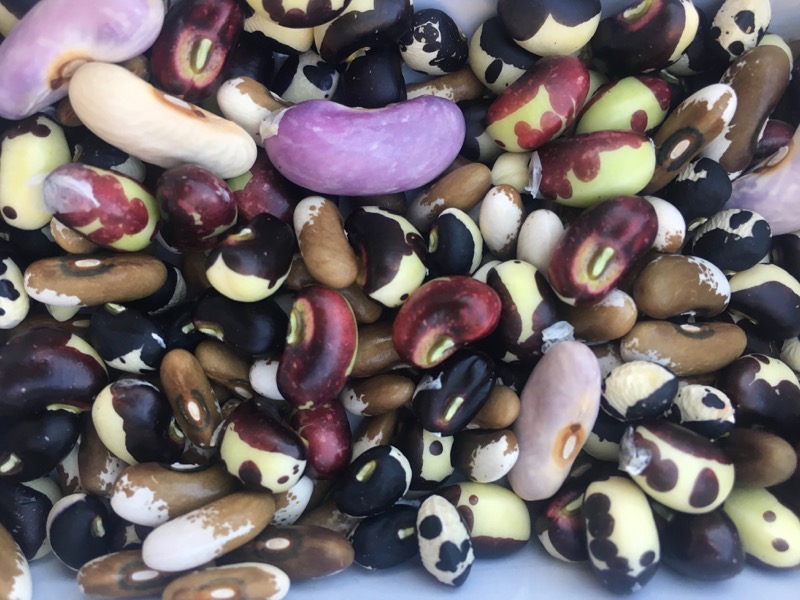
Easy Tips for the Perfect Pot of Beans
- Check the date on your bag of beans. Dried beans are best eaten within a year of the harvest date. Old beans will be more difficult to soften. Prepare in advance when cooking beans because they will require an overnight soak in water.
- Note that some varieties of beans take much longer to cook than others. Get a sense of how long the variety you are cooking will need beforehand. The cook time listed above is a guide, but not exact with every cooked bag of beans. There have certainly been times when it has taken me 2-3 hours for some beans. Teparies, kidney beans, and pintos are a few that seem to often need a longer cooking time than the suggested guideline.
- Beans require a long soak in water overnight. Use plenty of water and a large bowl as the beans will expand at least three times the dry size. Some suggest using salt during the soaking as it softens the skins. I disagree with this method as the beans cook unevenly with skin that falls apart and the core not completely done. Throw out the soaking water and cover with fresh water before cooking. The soaking water will contain the saponins and some other anti-nutrients.
- Do not use chlorinated water, it will affect the cooking time and the flavor.
- Bring the beans up to a boil in the covered Dutch oven, then drop the heat to a gentle simmer for the rest of the cooking time. Beans cooked slowly become creamy and delicious. Do not boil. The recommended cooking time is calculated once the temperature has been dropped to maintain a gentle simmer.
- If the bean liquid is getting too low and the beans are not done, add boiling water. Never add cold water as it will disrupt and slow down the cooking time.
- Do not use any acid such as lemon or tomatoes during the initial cooking process. This will prevent the beans from softening and the cooking process will take much longer. Acids can be added during the last 20 minutes of cooking.
- Adding a leaf or two of dried or fresh epazote is extra insurance in reducing any gastric discomfort if you are sensitive to beans.
- To test for doneness, take a spoonful of beans and gently blow on them, The skins should curl away from the bean slightly. Next, taste them. They should be tender but not mushy.
- The easiest way to dress up a pot of beans is with a generous sprinkle of fresh herbs, a drizzle of olive oil, some fresh lemon and some crushed black pepper or chilies. A little bit of parmesan or cotija can be added for even more specialness. Always taste and adjust any spices, salt or acids, such as lemon or vinegar before serving. Beans with less salt will taste bland and acids elevate the flavors of the dish.
- Do not throw out any of the cooked bean liquid if it is not needed in a recipe. This is referred to as the pot liquor and is basically a delicious stock that can be frozen and used in other dishes such as soups, stews, pot pies, and greens.
It’s time to dive into some delicious bean recipes! The first is a basic recipe I use when I want a simple pot of the beans. In the recipes numbered 1-20 (part 2) I have stated whether to use this basic recipe for the initial cooking, otherwise, they are cooked with the water covering one inch above the beans, a teaspoon of salt and a bay leaf. All beans need to be softened before moving onto any of the recipes. All the recipes below use a standard measure of ½ pound of dried uncooked beans. In any of the recipes, feel free to leave out or substitute ingredients as needed. Animal protein can be added to any of the dishes if desired.
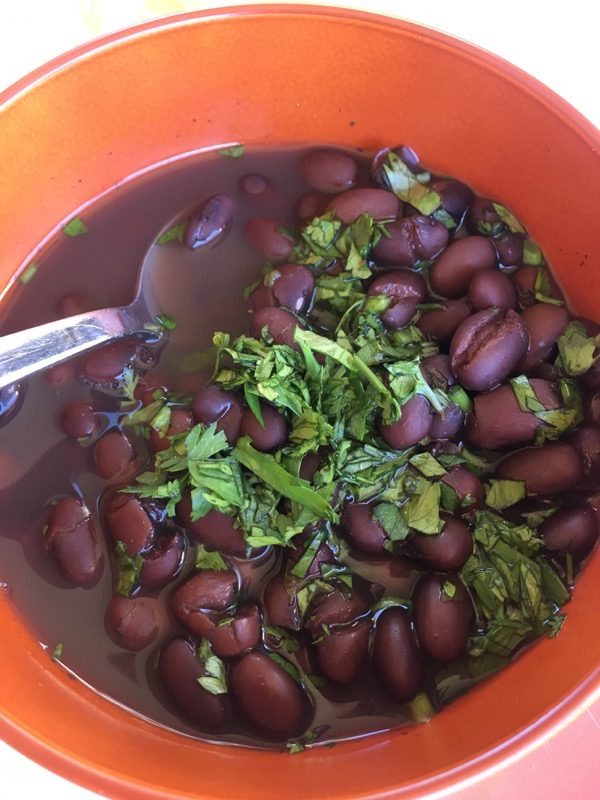
Basic Bean Recipe
My simplest most frequently cooked pot of beans is one basic recipe with some changes in the flavorings. After soaking and rinsing the beans, they are placed in a Dutch oven and covered with one inch of water above the beans. Then I choose one of the flavor profiles below. The aromatics can be cooked down in some olive oil before adding the beans, but I mostly just add in everything raw. There are times when I just cut the onion in half and add the other veggies whole. The end result is always DELISH!
Mexican Style
1 onion
2-3 cloves of garlic
Oregano Indio
1 bay leaf
Dried Shitake
A drizzle of olive oil
Sea Salt
Canned or dried chipotle chilies
The beans I most frequently cook this way are black beans, pinto beans, Rio Zape and Eye of The Goat. I highly recommend trying both Rio Zape and Eye of the Goat if you have never had them before. They are staples in my kitchen. I often add chipotle chili but I do also enjoy using guajillo, also known as Mirasol. It adds a medium heat and earthy complexity to the beans. Pasilla de Oaxaca is another option that adds a smoky pungent quality and an incredible aroma. The chipotle Morita is dark and chocolatey and pairs beautifully with black beans. Lastly, a chiltepin or two for additional heat if needed. These dried whole chilies are available from Native Seed Search. Several of the bean varieties I list can also be purchased from them. Fresh tortillas and a homemade salsa complete this simple preparation and turn it into a delicious hearty meal. Before serving I add some fresh chopped jalapeno, cilantro, a squeeze of lemon/lime and some more olive oil.
Italian Style
1 onion
2-3 cloves garlic
1 rib of celery
1 carrot
1 bay leaf
Dried shiitake
Olive oil
Sea salt ( at least 1 tsp, adjust to taste last 10 min of cooking)
Fresh herbs such as thyme, oregano, rosemary, and parsley. Added right at the end.
We enjoy this with some crusty bread and often something special over the top such as roasted carrots, cherry tomatoes or fennel. During the last 20 minutes stirring in a tablespoon of tomato paste adds a rich tanginess. Fresh or dried mushrooms can also be added. Try porcini mushrooms or a mix of wild mushrooms.
This recipe works well with navy beans, cranberry beans, corona beans, yellow eye, and great northern beans.
There is so much to be said about beans that we could not say it all in one post. This is a two part article. Part Two will share 20 recipes for cooking beans.

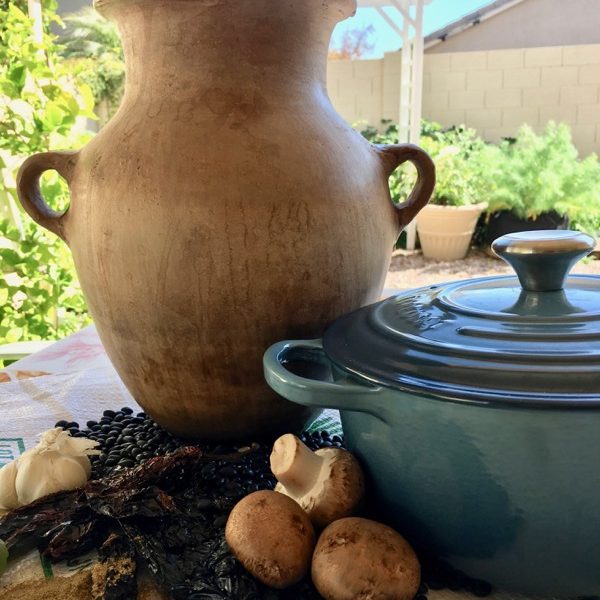
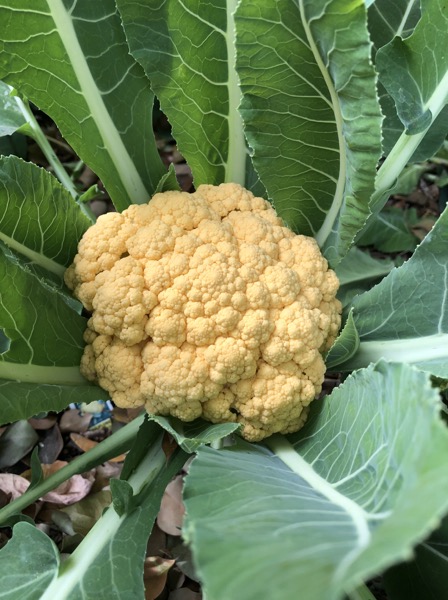
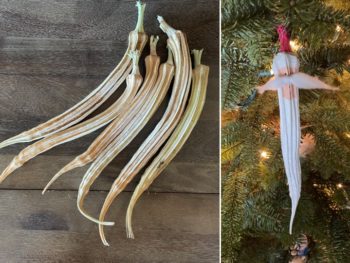
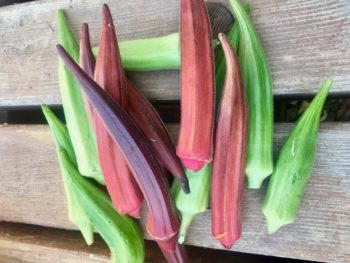


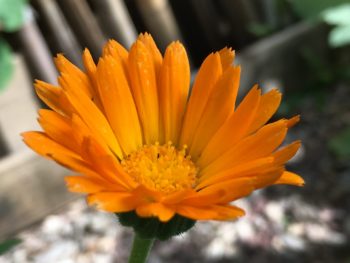
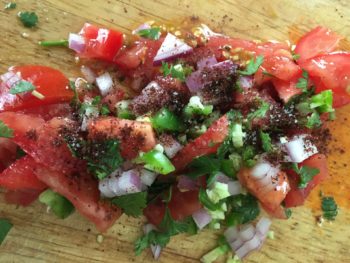
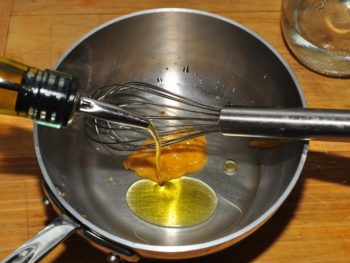
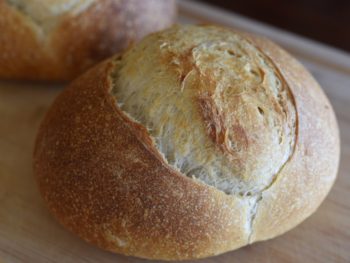
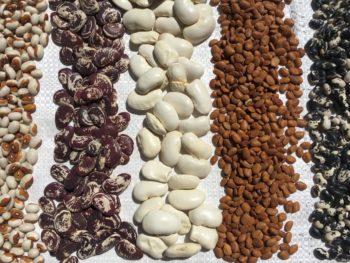
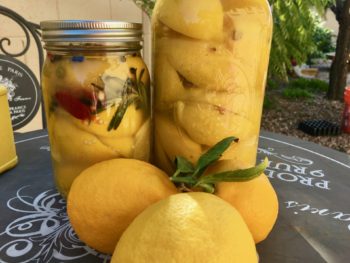
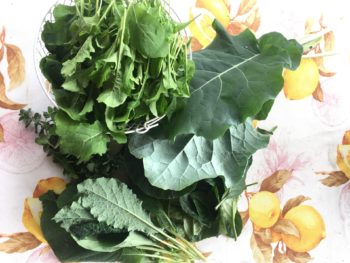
 Taking Care During the Covid-19 Outbreak
Taking Care During the Covid-19 Outbreak
Where’s the advertisement for our favorite bean brand? Lol. Or are we keeping that a secret 🤣 I think I’ll be making a pot of beans this week Christmas limas
Lol! They are all sold out.